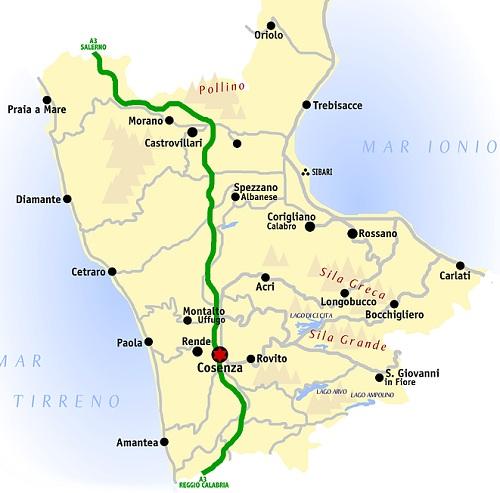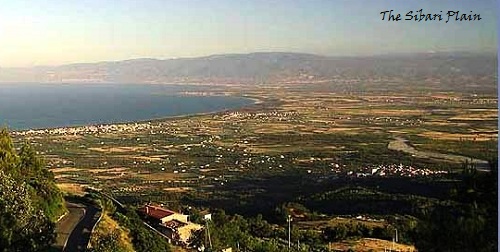There are also plains, like the one of Sibari, and big valleys, as for example in Crati.
Hilly areas degrade to the North and to the East of the Sila Greca. Everything is characterized by great variety, even from coast to coast and on every massif..
The visitor remains disoriented and fascinated at the same time.
The province hosts 8 mountain communities: Greca/Destra Crati, Alto Ionio, Pollino, Alto Tirreno/Appennino Paolano, Savuto, Delle Valli/Media Valle Crati, Silana and Media Valle Crati/Serre Cosentine.
The territory of Cosenza, as the rest of Calabria, shows the signs of the historic evolutions, since the prehistoric period.
| Prehistoric caves that gave refuge to exiles, hermits and saints, but also, in more recent times, to brigands and displaced persons. |
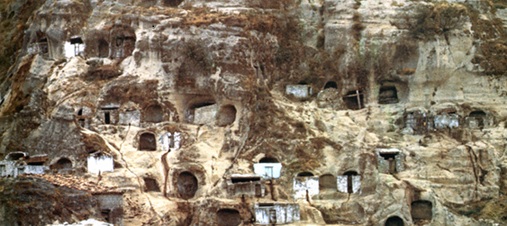 |
On the coast there are still Neolithic sites attesting human presence.
The water flows have been an important connection since the Magna Graecia period and in Roman time.
In the Middle Ages this land was conquered by the Byzantine, who brought benefits to the economy of the territory with the introduction of the agricultural techniques, the sericultural production, and promoted social aggregation.
The effects are stil present in the elegant and refined architecture, as well as the Norman, the Angevins, the Aragonese and the Spanish people left their traces during the following centuries.
Cosenza, known as the city of the bruzi, is one of the most ancient cities of Calabria and is situated on seven hills in the valley of Crati, where it meets the Busento river, the the burial place of king Alaric and its treasure, legend says.
Due to its cultural past, it was known as the Athens of Italy and today it houses the greatest University campus of the nation.
The old city is characterized by steep and narrow alleys and during the last years it is experiencing a renewed vivacity.
The historic centre is one of the most beautiful and ancient of Italy: the monumental buildings, the manor houses, the urban plan, and the labyrinth of streets around the old buildings and churches.
 |
 The cultural activity of the city is developed thanks to the theatre events held in locations like the traditional theatre A. Rendano, the historical Cinemateatro Italia and the Teatro Stabile d’Innovazione of Calabria. The cultural activity of the city is developed thanks to the theatre events held in locations like the traditional theatre A. Rendano, the historical Cinemateatro Italia and the Teatro Stabile d’Innovazione of Calabria.
The Accademia Cosentina promotes culture and makes the most of artists and scientists.
The Brettii Museum, officially opened in 2009 in the 15th century monumental complex of S. Agostino, represents the cultural centre of the city. The Museum of the Rimembranze and the Open-Air Museum Bilotti should be mentioned, too.
Rocca Imperiale overlooks to the Ionian Sea and borders with Basilicata. The inhabited area is dominated by a Fortress, built by Frederick II.
Rende is an ancient roman settlement between the streams 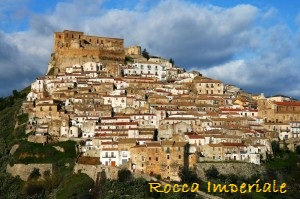 Emoli and Surdo which subsequently developed in the Crati valley; here Normans built the castle and the surrounding walls. Emoli and Surdo which subsequently developed in the Crati valley; here Normans built the castle and the surrounding walls.
Corigliano Calabro has medieval origins, dominated by an imposing castle. The ancient district of Ognissanti developed as a stairway upon a hill, characterised by its narrow and suggestive streets.
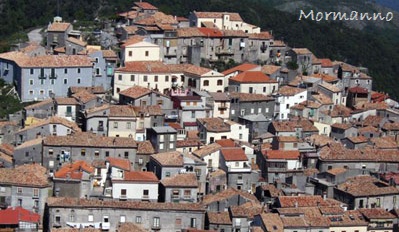 In Rossano, the Museum of the Liquorice Giorgio Amarelli and the Museum diocesano of Sacred Art deserve a visit, while in Praia a Mare the Museo comunale shows woks of contemporary artists. In Rossano, the Museum of the Liquorice Giorgio Amarelli and the Museum diocesano of Sacred Art deserve a visit, while in Praia a Mare the Museo comunale shows woks of contemporary artists.
Mormanno, on the other hand, still bears traces of its Longobard foundation, perched as a castle on a rocky spur.
The variety of the landscape makes the territory of Cosenza the ideal place for long trekking excursions. The main character of the fauna is for sure the wolf, that lives on the woody plateau outside the city and still represents the symbol of Cosenza.
The paths traced for trekking will bring you from the discovery of small churches to the wonderful landscapes to be admired from wooden bridges.
The hilly and flat areas are usually used for horse riding. Photography enthusiasts will draw plenty of inspiration to take pictures. During wintertime it’s possible to take part to organized snowshoe excursions in the mountains, whiles ski plants are to be found in the highest areas of the Sila.
The National Park of the Pollino offers opportunities to practice rafting and canoeing, especially on the river Lao, among canyons and gorges.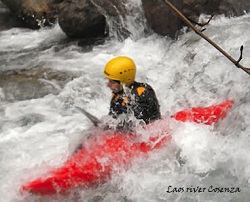
During the last years, nordic walking has become more widespread, a gentle sport suitable for everybody: it is based on walking with specific sticks.
Canoeing, on the other hand, may be practiced climbing up the Iannello stream, an affluent of the river Lao characterized by many waterfalls. During the excursions, guides provide the rope for roped party paths.
Water parks are to be found along the coast, like Odissea 2000, in Zolfara, 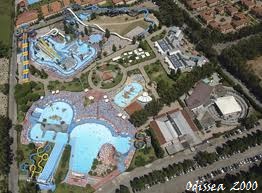 near Rossano. near Rossano.
In any case, the Riviera is well equipped for water sports, from wind surfing to water skiing, as well as for beach volley and five-a-side football.
In the inland, many fairs and festivals offer opportunities to taste typical dishes and discover local traditions.
The culinary specialities of the territory of Cosenza are based on its genuine and simple products.
The cuddrurieddri are salted doughnuts prepared for the Immacolata feast and during the Christmas period.
The turididdri are fried Christmas pastries covered with figs honey, while the scaliddre are sugar glazed.
The first course offers the pitta 'mpigliata, fusilli (fresh pasta), pasta with potatoes are tijeddra, fried potatoes and pipareddre (peppers), broccoli and sausages, lagane and ciciari (thick tagliatelle and chickpeas).
Not to forget, the fresh pasta with mushrooms from the Sila. Among the fish dishes, the most famous are fried cod and spaghetti with anchovies and fried breadcrumbs.
The mostaccioli are the typical pastries for the feast of Saint Joseph,  consisting of a focaccia bread made with honey or figs, mulled must, flour and almonds, showing a particular shape deriving from the ancient offerings to the pagan gods. consisting of a focaccia bread made with honey or figs, mulled must, flour and almonds, showing a particular shape deriving from the ancient offerings to the pagan gods.
We also recommend the liquorice liquor, one of the most appreciated of the area.
Point of Interest in the provinces of : Cosenza | Crotone | Catanzaro | Vibo Valentia | Reggio di Calabria |
|

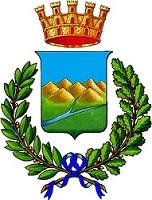 The province is one of the most highly populated provinces of Italy and the eighth for extension. With its 228 kilometres of coast, the province of Cosenza occupies the 44,1% of the surface of Calabria, basically the whole central and northern part of the region.
The province is one of the most highly populated provinces of Italy and the eighth for extension. With its 228 kilometres of coast, the province of Cosenza occupies the 44,1% of the surface of Calabria, basically the whole central and northern part of the region.